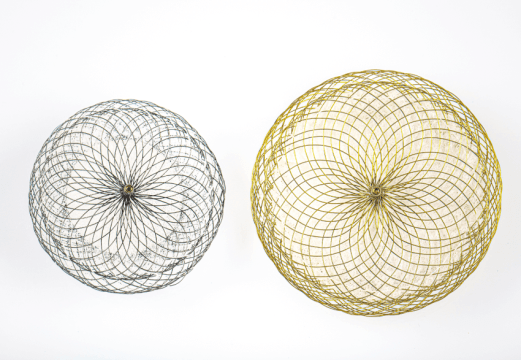Original title: Prospective, Multicenter European Study of the GORE Flor Reversal System for Providing Neuroprotection During Carotid Artery Stenting Reference: Dimitrios Nikas, et, al.Catheterization and Cardiovascular Intervention 80:1060-1068
Cerebral protection systems (CPS) have proved useful in carotid angioplasty stenting (CAS), although it is not clear what the advantages are in respect to carotid endarterectomy, except in high risk patients, (Pts).
In the majority of performed studies a CPS filter type was used with no reverse flow systems. The objective was to analyze the results within 30 days of the CAS with a reverse flow system, (GORE Flow Reversal System WL Gore & Associates, Flasgstaff, AZ). Symptomatic Pts who had lesions were included ≥ 50% or asymptomatic with lesion ≥ 70%. Pts with contralateral carotid occlusion, stroke within 14 days or TIA within 48 hours were excluded.
Each surgeon should have conducted at least 10 CAS procedures with the device. All Pts underwent a prior neurological examination performed by an independent neurologist; we used the NIHSS neurological score and CT or MRI before the CAS. Before procedure Pts received ASA and clopidogrel. The primary endpoint was death or stroke within 30 days and the secondary was acute myocardial infarction or neurological events unrelated to stroke.
We included 122 Pts of which 28% were symptomatic, 26.2% were older than 75 years, 29.5% were diabetic and 8.2% presented renal insufficiency. The choice of stent was at the discretion of the surgeon. The use of the device was successful in 97.5%. Two Pts were intolerant to the device and could not be accessed by major iliac tortuosity. The primary end point within 30 days was 1.6% (two Pts, one had a higher stroke and the other a minor stroke).
Conclusion
The use of a cerebral protection system, GORE Flow Reversal System, during CAS has a high success rate with low complications within 30 days.
Editorial Comment:
This analysis has limitations due to the lack of randomization, the control group, the small sample and the fact that less than a third of Pts were symptomatic. It is important to remember that surgeons must be experienced in carotid angioplasty and should be familiar with cerebral protection devices. In this study, as in others, we must take into account the limitations of the device prior to its use. It is important to develop new protection devices and stents for better results.
Courtesy of Carlos Fava, MD.
Interventional Cardiologist
Fundación Favaloro – Argentina
Dr. Carlos Fava para SOLACI.ORG





